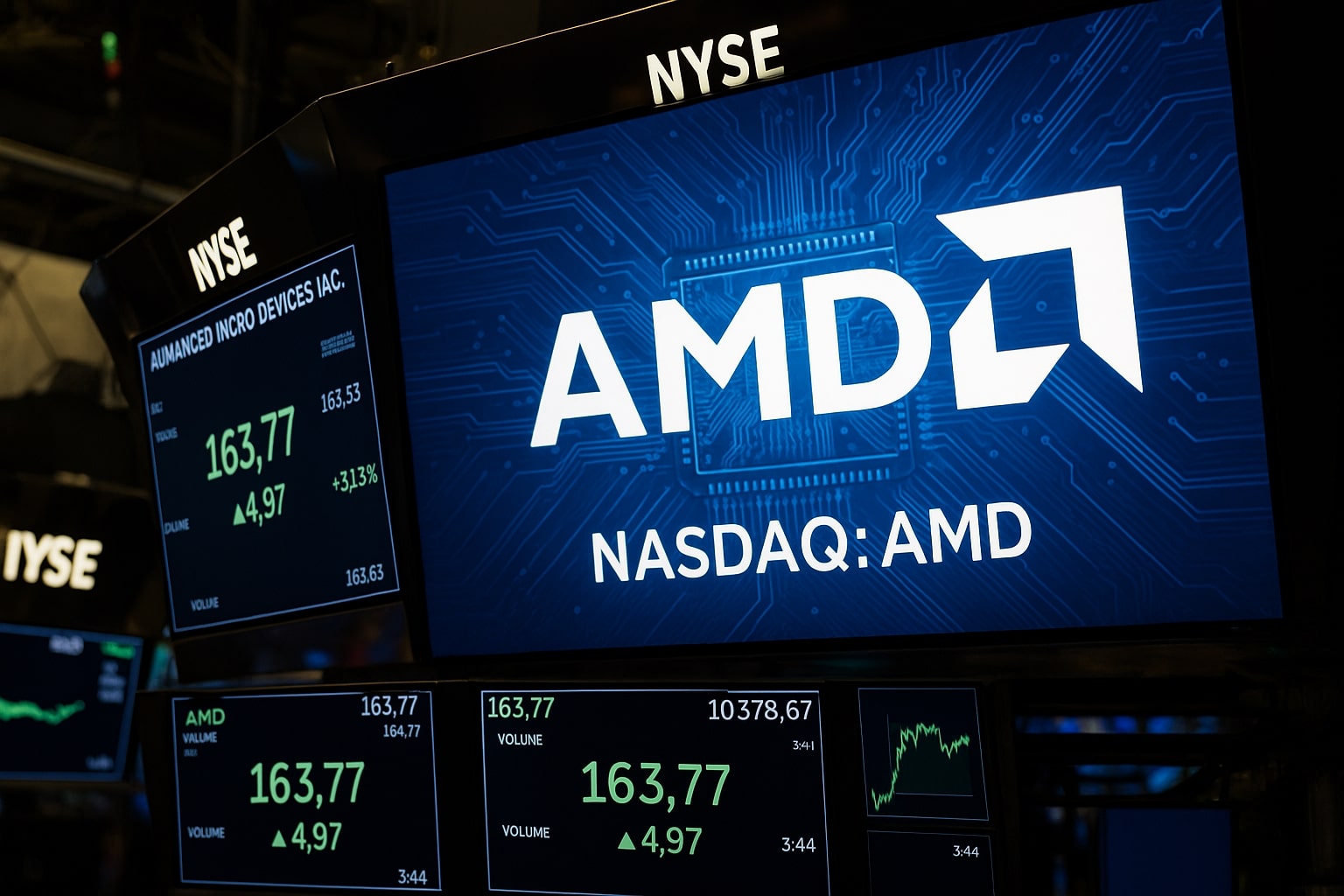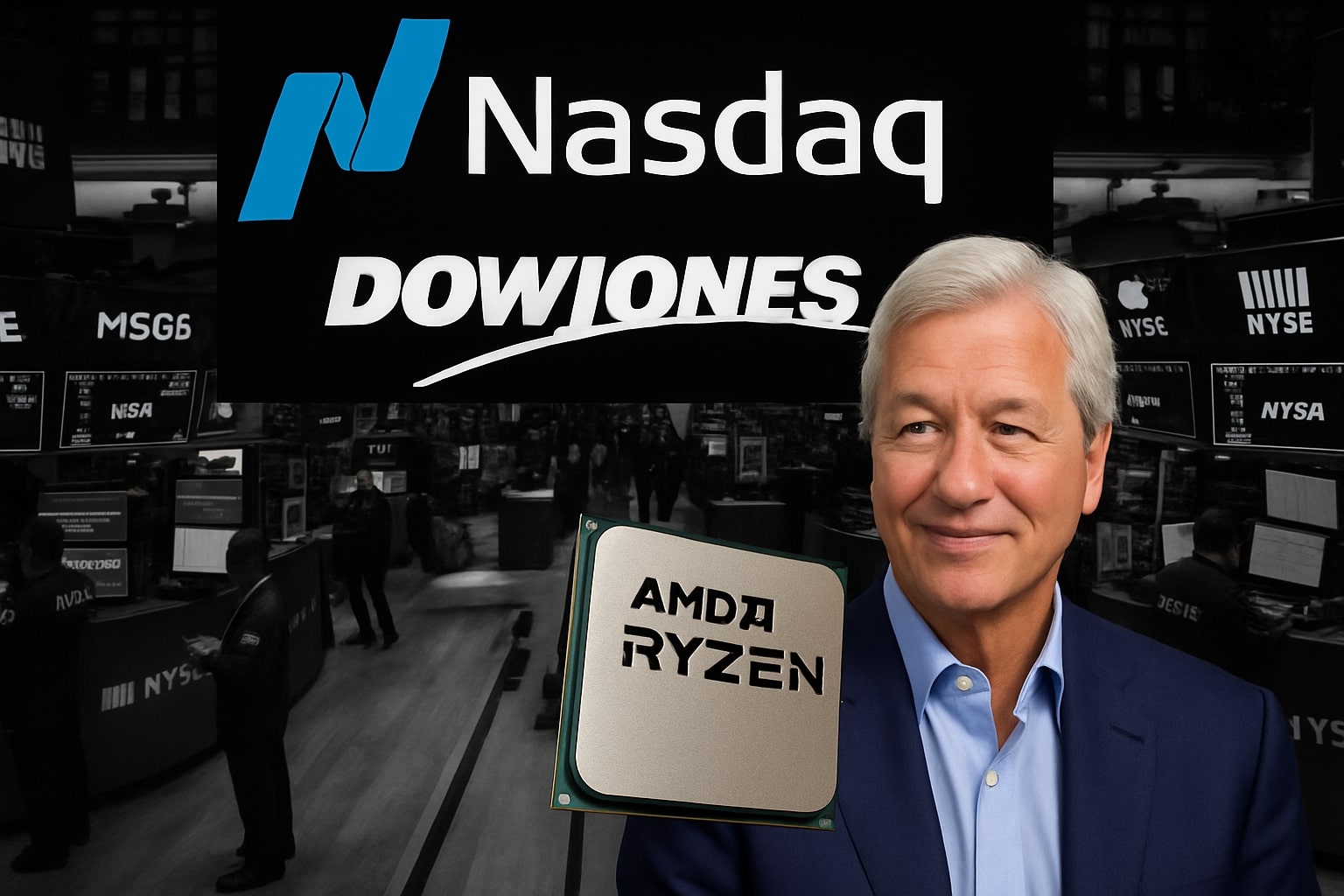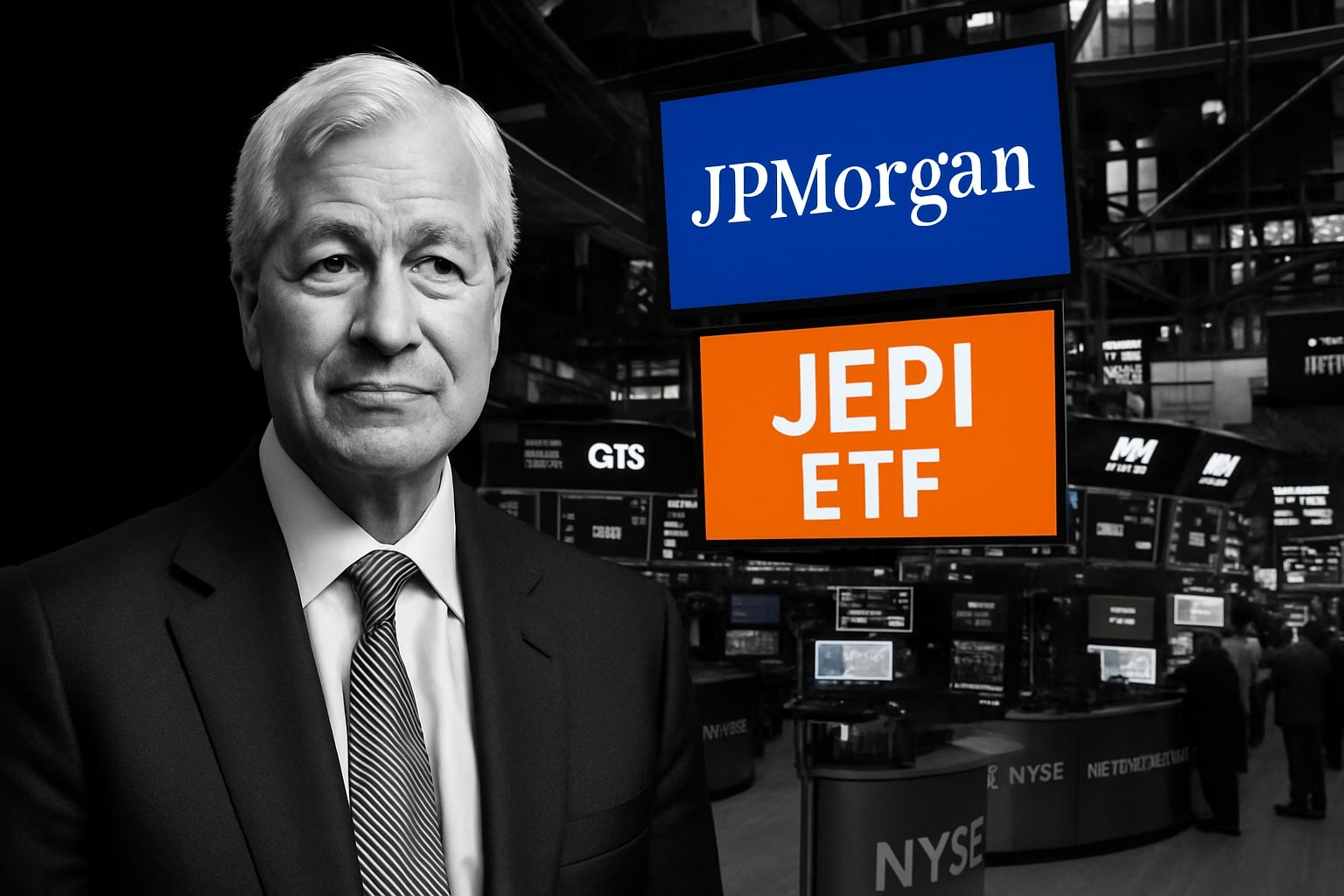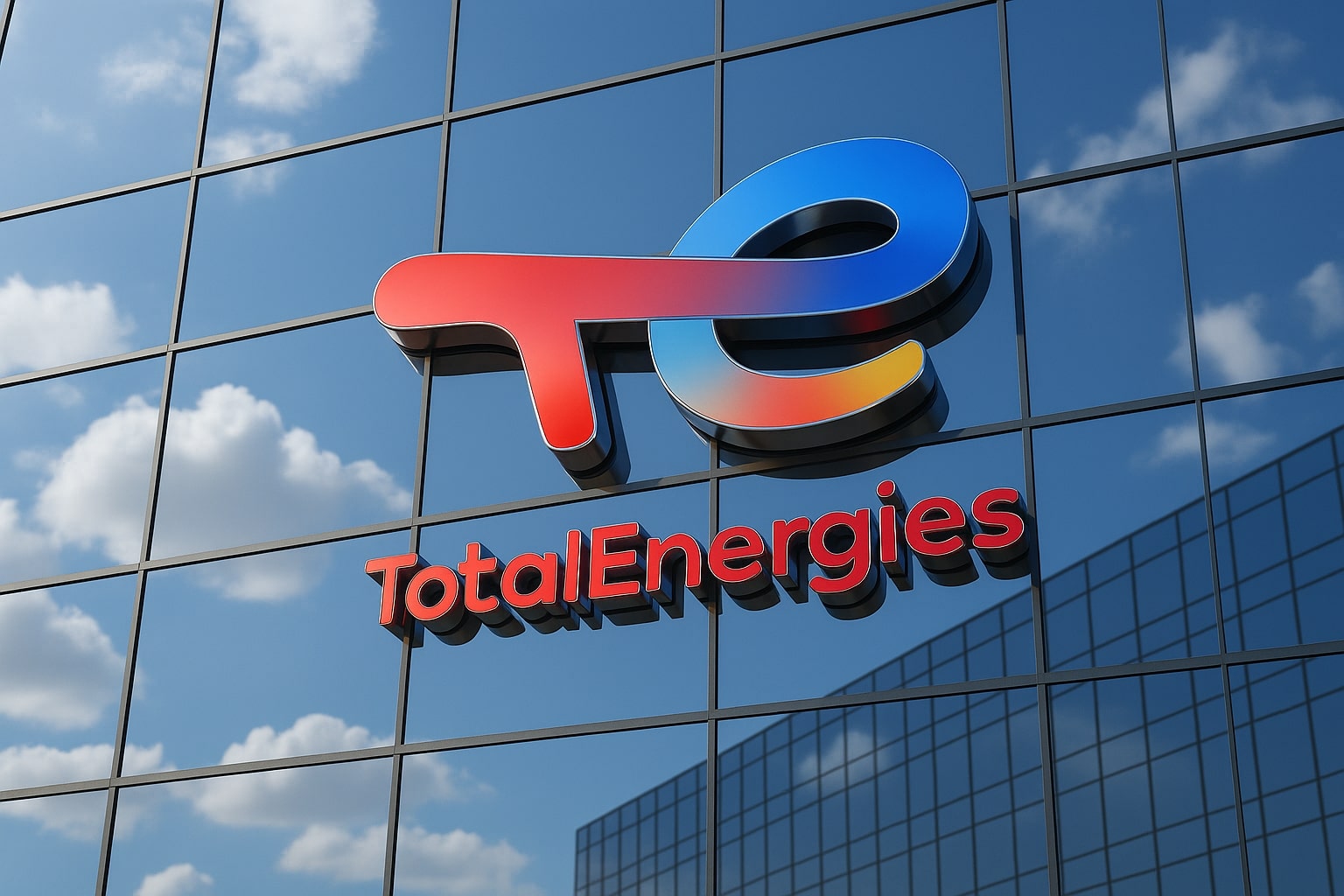
AMD Stock (NASDAQ: AMD) Near $165 Is It Still an AI Growth Beast?
Is AMD still a strong AI chip investment at $165—or is NVIDIA stealing the show? | That's TradingNEWS
AMD's AI Bet Under Scrutiny as NVIDIA Dominance Widens
AMD's positioning in the AI hardware race is now under pressure as NVIDIA’s H100 GPUs continue to define the standard for large language models and generative AI workloads. Despite launching the MI300X and integrating it into the Instinct accelerator series, AMD has struggled to secure landmark hyperscaler wins on the scale of what NVIDIA has with Amazon, Microsoft, and Google. Analysts projected that AMD would ship over $3.5 billion worth of MI300 chips in 2024, but recent indications from hyperscaler orders point to a more conservative outlook. Microsoft has prioritized NVIDIA for its Azure AI Supercomputing clusters, and AMD's traction with Meta and Oracle, while real, has not translated into runaway demand.
This divergence is reflected in AMD’s Q1 performance and forward guidance. The company posted Q1 revenue of $5.47 billion, a 2% YoY increase but flat sequentially. Data Center revenue rose just 80 basis points quarter-over-quarter to $2.3 billion, underwhelming against investor hopes tied to MI300 monetization. The Embedded segment, a steady cash flow generator in 2022–2023, dropped 46% YoY to $846 million. This segment, largely driven by Xilinx acquisition tailwinds, has lost its defensive quality amid tightening demand for programmable logic in the industrial and automotive sectors. Meanwhile, Client segment revenue surged 85% YoY to $1.4 billion, boosted by a rebound in PC shipments and growing adoption of Ryzen 8000 series CPUs—but that strength alone could not offset overall AI hesitation.
Margins Signal Mixed Execution Despite Strategic Shift
Gross margin stood at 52%, slightly above expectations, but below NVIDIA’s 78.4% margin for Q1—a gap that reflects not just product pricing but ecosystem strength. AMD’s strategy to package CPUs and GPUs in AI-optimized platforms is admirable, but software remains its Achilles' heel. NVIDIA’s CUDA dominance in the AI developer stack continues to lock in enterprise clients, while AMD’s ROCm platform is still maturing. CEO Lisa Su emphasized software partnerships and open standards during the earnings call, but Wall Street’s patience with execution is wearing thin.
Operating income fell 20% YoY to $36 million, primarily due to rising R&D expenses as AMD ramps investment into AI and adaptive compute. The operating margin was just 0.6%—a figure that casts doubt on AMD’s ability to scale AI business profitably in the near term. While adjusted EPS of $0.62 beat estimates by $0.01, the market focused more on the forward commentary than the marginal beat.
Insider Selling Raises Caution Amid AI Hype Cycle
Insider activity adds another dimension to investor skepticism. According to the latest Form 4 filings, AMD EVP Forrest Norrod sold 35,000 shares in May, valued at approximately $6.2 million. This follows multiple prior disposals by CFO Devinder Kumar and CTO Mark Papermaster in Q1. While these may be part of planned sales, the timing—on the heels of major AI product rollouts—raises flags. The stock has returned over 80% in the past 12 months, and insiders appear to be locking in profits before AMD’s AI promises are fully realized.
Institutional flow also points to rotation rather than fresh conviction. Vanguard and BlackRock remain top holders, but Q1 13F filings show a modest trimming of exposure by several hedge funds, including Citadel Advisors and Two Sigma. This subtle repositioning reflects a broader market rotation away from second-tier AI bets toward entrenched leaders like NVIDIA and Broadcom.
Valuation Premium at Risk If AI Ramp Underperforms
AMD trades at 40x forward earnings, a premium to its 5-year average of 32x and notably higher than Intel (INTC) at 14x. While bulls justify the multiple with future AI revenue, the current data does not support runaway growth. MI300X shipments have yet to deliver a revenue inflection. AMD guided Q2 revenue to $5.7 billion at the midpoint, barely 4% above Q1, signaling muted acceleration. Even if AI revenue doubles in H2, the full-year topline may still fall short of $23 billion, capping YoY growth under 10%.
Free cash flow for Q1 was just $379 million, down 15% YoY. CapEx is set to rise as AMD expands wafer supply through TSMC and scales production capacity. If MI300 ramps slower than expected, AMD could face a 2–3 quarter margin compression window, especially as gross margin guidance remains flat at 51%–52%.
Geopolitical Exposure Still Lingers Despite Supply Chain Diversification
AMD's reliance on TSMC remains a supply-side risk, especially amid renewed Taiwan Strait tensions. The company has tried to diversify with backend assembly partnerships in Malaysia and Vietnam, but leading-edge wafers are still TSMC-bound. U.S. regulatory policy, especially around China sales, could also weigh on growth. Roughly 20% of AMD’s 2023 revenue came from China, and ongoing export restrictions on high-end GPUs pose headline risk.
On the demand side, AMD is less exposed to enterprise IT cuts than Intel, but hyperscaler budgets remain fluid. If AI infrastructure projects are delayed in H2 due to cost rationalization or political tension (such as U.S.-China decoupling), AMD’s upside scenario narrows considerably.
Verdict on NASDAQ:AMD — Trim into Strength, Cautious Hold Below $165
Based on execution risk, competitive headwinds, and valuation compression potential, AMD is a Hold with a $145–$165 fair value range. If MI300 shipments disappoint or hyperscaler adoption slows, the stock could re-test $130 support. On the upside, a confirmed design win from AWS or Google Cloud could reignite momentum above $175.
Until that catalyst arrives, AMD remains a premium-priced, second-place AI chip play trying to scale under NVIDIA’s shadow. Institutions are cautious, insiders are selling, and margin growth is flattening. It’s not a Sell—but it’s not a table-pounding Buy either. Investors should watch Q2 earnings closely for updates on MI300 pipeline, hyperscaler orders, and software traction before making aggressive adds.
That's TradingNEWS
Read More
-
Stock Market Today: Dow Breaks 48,000 as AMD Surges 9% and JPMorgan Hits Record High
12.11.2025 · TradingNEWS ArchiveStocks
-
Bitcoin Price Forecast - BTC-USD Holds Today $101,600, Support Strengthens $103K and Bulls Target $110K Breakout
12.11.2025 · TradingNEWS ArchiveCrypto
-
Gold Price Forecast - XAU/USD Climbs Above $4,180 as Shutdown Vote, Fed Liquidity Signal Ignite Bullion Rally
12.11.2025 · TradingNEWS ArchiveCommodities
-
EUR/USD Price Forecast: Euro Holds 1.1574 as Fed Easing Bets Build and Traders Eye Break Above 1.1600
12.11.2025 · TradingNEWS ArchiveForex



















